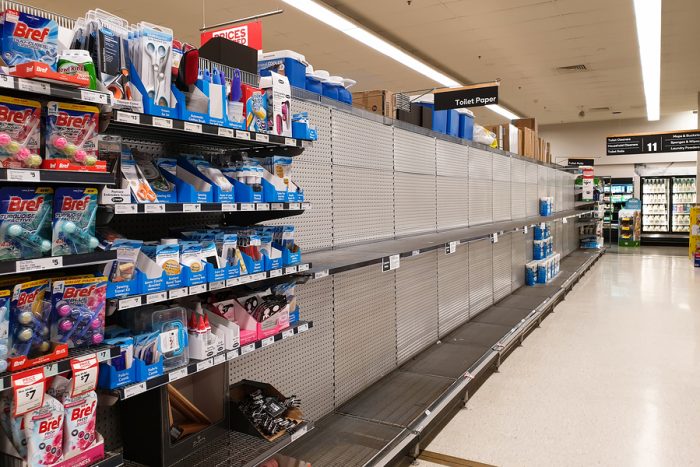Just-in-time might not be what it is cracked up to be! Certainly, the coronavirus impacts should give us reason to question this rule at face value. Are you running so tight that you only have one bin, pallet or small supermarket to keep your facility running? If so, the question extends to your end-to-end supply chain.
Let’s assume you are a critical manufacturer struggling to produce key items during this coronavirus pandemic. Your suppliers should not be on lockdown since they support a critical infrastructure business; however, that doesn’t mean you’ll be fine. There are many considerations to review:
- Source of supply: Are your suppliers located in Asia and unable to staff during the peak of the coronavirus? Do you know what type of delays you’ll experience? Do your suppliers have contingency plans?
- Your suppliers’ suppliers: Even if you have a good handle on your suppliers, do you know the status of your suppliers’ suppliers? In an interconnected supply chain, we are only as strong as our weakest link. Who is your weakest link?
- Your transportation infrastructure: Even if your suppliers have product, can it get to you? Within what timeframe?
- Backups: No matter how well you’ve planned, the question is whether you have backups for critical materials/ ingredients that will ramp up rapidly as needed. Hopefully your supply chain is diversified geographically.
- Your customers: Are you in lockstep with your customers so that you are proactively managing demand or are peaks and valleys a surprise? Of course, the coronavirus was unexpected but the degree you fully understand your customers will determine your reaction time to changes in demand.
- Positioning of inventory: Do you have critical inventory positioned throughout your end-to-end supply chain?
- Your digital supply chain: Are you able to see into your extended supply chain? It could provide quite a benefit at this point.
- Additive manufacturing & robotics: Are you able to keep running with less people, socially distanced people and/or print on demand?
Using JIT (or any concept for that matter) without taking a 360 degree view is a bad idea! The cousin of JIT is lean manufacturing. I gained the attention of Wiley by writing that lean is just uncommon common sense (which of course simplifies it in order to make a point), but perhaps it is something to think more about. Have you put all these trendy concepts through a common sense filter? How about a risk filter? Let’s hope so! Otherwise you can be in a critical business and still not producing and running customers out of stock.
What is the answer? It depends! If you have put thought into your supply chain strategy upfront, considered risks, diversified your supplier base, invested in quality checks and top talent, and treated your employees well, it is likely your version of JIT will prove successful. On the other hand, if you saw JIT as a way to reduce inventory and were short-sighted in looking at your end-to-end supply chain and treating your employees and partners as trusted colleagues, you will likely suffer.
Getting ahead of the curve might be the only avenue to success. Consider creating a resilient supply chain and future-proofing your supply chain. Stay tuned and read more about it, and If you are interested in discussing a supply chain assessment, please contact us.



